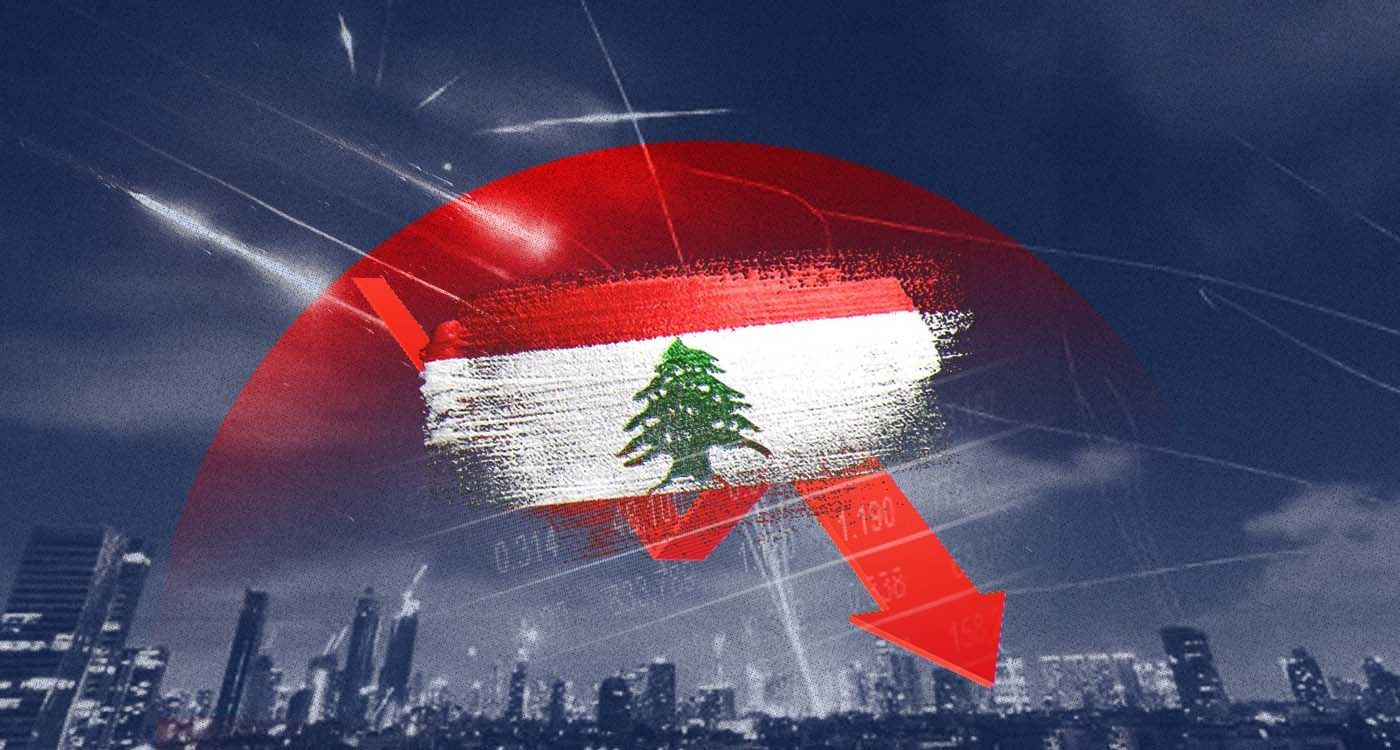
Caught in the crossfire of the Israel-Iran war, Lebanon is struggling — against all odds — to contain the economic fallout. A near-impossible task for a country still reeling from the toll of the Hezbollah-Israel conflict, which left it drained on human, financial and institutional levels.
In this climate of escalating regional tension, two critical threats hang over Lebanon’s already crippled economy: a worsening balance of payments deficit and soaring inflation, exacerbated by internal fragility and an overwhelming reliance on imports. In fact, Lebanon depends on foreign suppliers for 80% of its food, energy and raw materials.
Public Finances Under Threat
A key question arises: how can the Lebanese state keep on funding its operations while the region is in flames? How long will the Treasury’s “Account 36” — the government’s wartime financial lifeline — be able to cover public administration costs, salaries, wheat and fuel purchases?
Foreign currency inflows to the country could be severely disrupted if the Israel-Iran war becomes protracted. The most troubling aspect remains the complete uncertainty over how long this conflict may last.
Worsening Balance of Payments Deficit
Lebanon’s current account is on a dangerous slope. While steady remittances from the diaspora — about $7 billion annually since 2019 (excluding cash transfers) — remain a vital support, other sources of hard currency are increasingly fragile, especially tourism, a cornerstone of the economy. Mohammad Choucair, head of Lebanon’s economic associations, warns that a lost summer season due to the regional war could jeopardize 41% of the GDP. Meanwhile, the Treasury will have to spend even more foreign currency on essential imports like wheat and fuel, amid skyrocketing global prices.
In response, Nicolas Chammas, secretary-general of the same associations, urges Lebanese citizens to prioritize domestic tourism — boosted by municipal initiatives — to help preserve foreign reserves. For him, the real threat is a widening payments deficit, proving that Lebanon is spending far more than it earns — further destabilizing public finances that are already fragile.
Double-Edged Inflation
Inflation in Lebanon is running on two tracks. On one hand, local inflation remains somewhat subdued due to weak demand. On the other, imported inflation is spiralling out of control. According to Chammas, internal inflation might still be manageable — estimated at 15.2%, per the World Bank’s Spring 2025 report (issued before the recent escalation).
But on the ground, prices are surging due to a toxic mix: new fuel taxes — $2 on diesel, $1 on gasoline — combined with soaring oil prices driven by the Israel-Iran war. “The tax was already heavy, but then came the oil shock… now it’s the driver who’s paying the price,” says Dorine, at a gas station in Gemmayzeh.
Two new weekly pricing benchmarks now dictate fuel costs. This week alone, gasoline rose by nearly 37,000 Lebanese pounds per canister. A spiral threatening to drag all energy-and transport-related goods and services along with it.
Insurance in Crisis
To make matters worse, maritime insurance premiums are skyrocketing. All vessels delivering goods to Lebanon are now subject to extra fees imposed by insurers and reinsurers due to elevated risks in the Strait of Hormuz and the Red Sea. Some insurance policies are even being denied outright for areas classified as red or orange zones.
Lebanon is currently listed as an “orange zone,” while areas south of Saida are labeled “red” — rendering them ineligible for reinsurance. This classification drives up shipping costs, which in turn inflate local market prices.
In short, in a country already on the brink, every price hike is another spark on an economic powder keg.





Comments